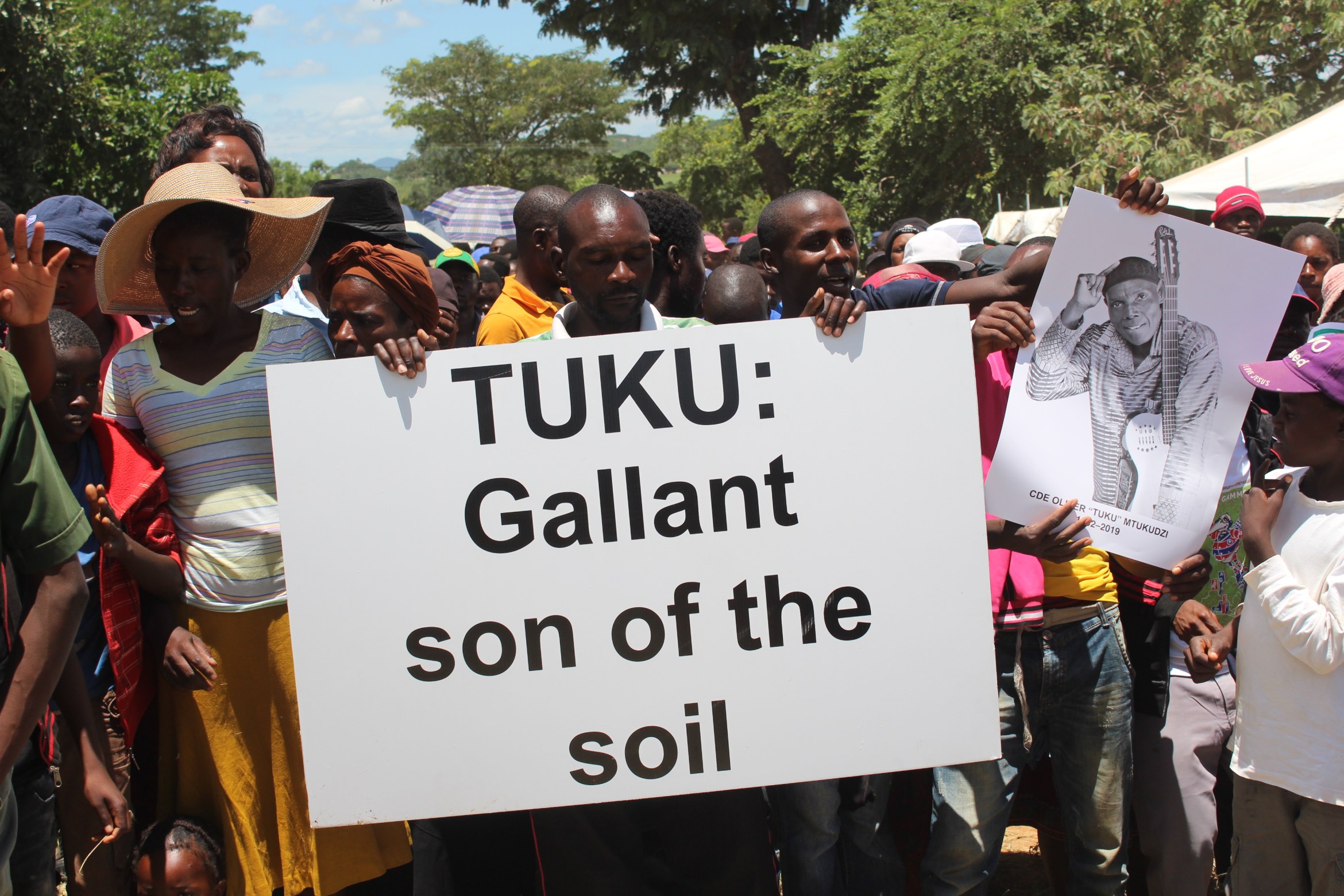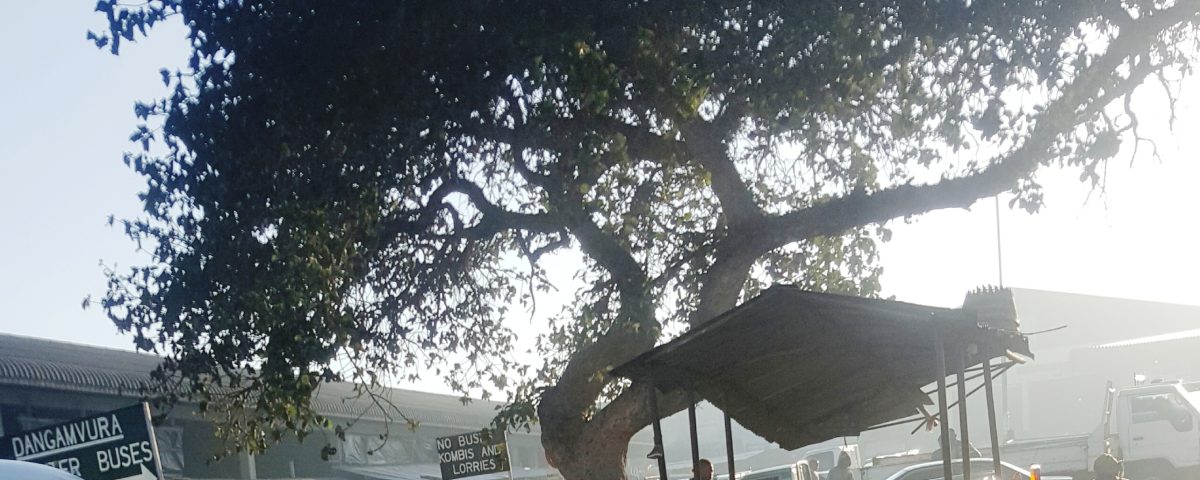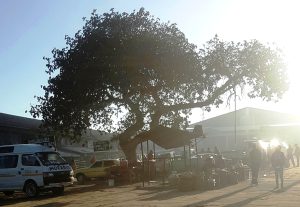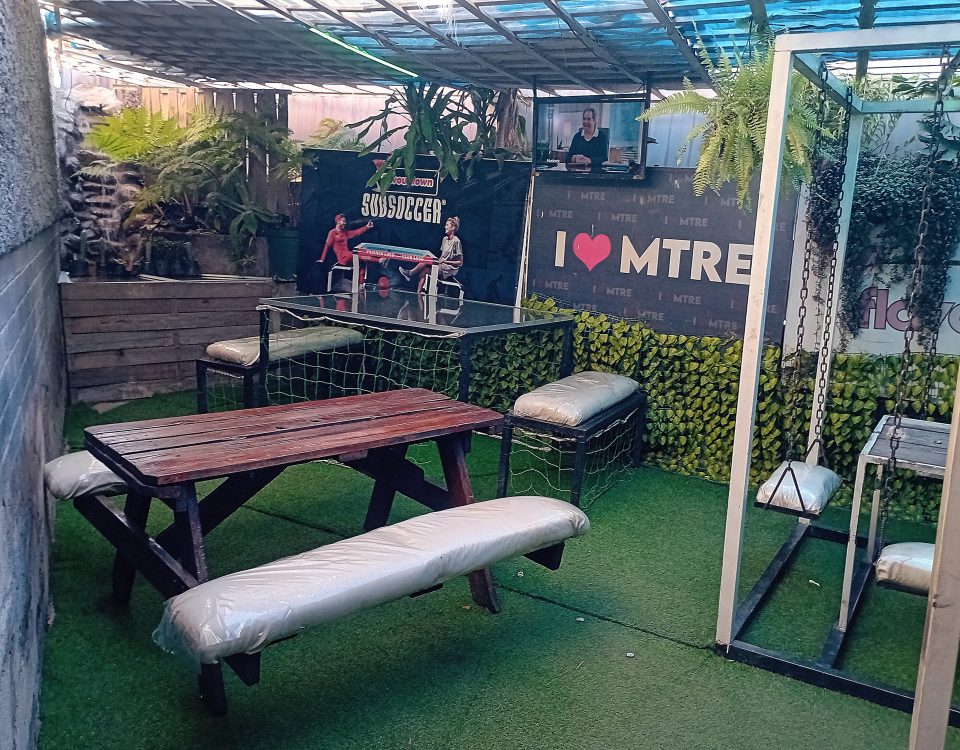
Afterthought: The real life lessons from Mtukudzi’s death
February 1, 2019
Mutare City Council acts on returning city to former glory
February 6, 2019Unmasking the history of the Sakubva bus terminus Muonde tree

The Muonde (Fig) tree at Sakubva bus terminus in Mutare has been there since colonial times when the terminus was built. It is a prominent meeting place for the old folks that grew up in colonial times. This is a potential historical monument which should be well taken care of at the terminus.
Ngoni Dapira
MUTARE’s Sakubva bus terminus which is better known as Musika weHuku has seen a lot as far as the history of Mutare is concerned. The bus terminus was for buses which pled the peri-urban and rural areas routes where most indigenous people (blacks) lived on a collective basis, in Tribal Trust Lands (TTLs). From starting off as a dusty open land terminus pre-independence (1980), Sakubva bus terminus was a common market place for the indigenous urbanites that worked in the city and lived in high density areas which were called Native Purchase Areas.
The market area at the terminus became so popular for its road runner chickens from the TTLs that it was commonly called Musika weHuku. One of the standout features at the old terminus is the Sycamore Fig tree (Muonde) at the taxi’s parking area. Although Manicaland is synonymous for fig trees what is special about this particular one is that it has been there since pre-independence even before the bus terminus had been designated for constuction. Up-to-date it is one of the most easily distinguishable places for people to meet at the terminus, especially the elderly people who grew up during the colonial era.

The Muonde (Fig) tree at Sakubva bus terminus
Whilst most people do not know this, Eastern Times found this rich history to be important. The next time you visit Sakubva bus terminus, just take note of the Muonde tree and know that you will be feasting on a historical monument with many tales to tell.


